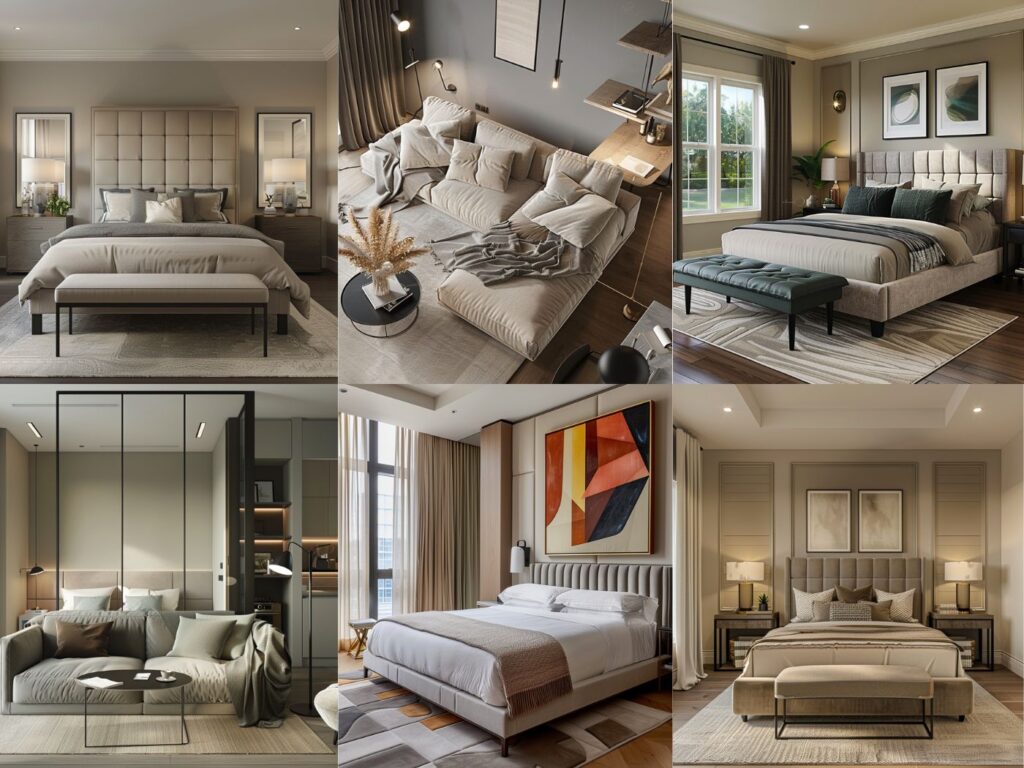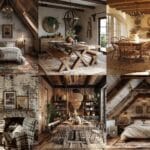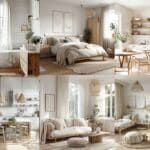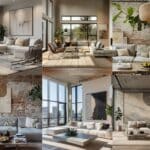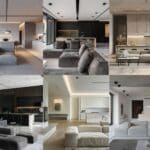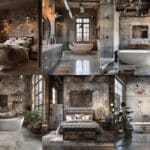Struggling to find the perfect balance between style and functionality in your home? Contemporary interior design, with its emphasis on clean lines, open spaces, and a focus on simplicity, may well be the solution you’re looking for. This design approach transforms any living space into a modern sanctuary that embraces the principles of minimalist interior design.
Imagine walking into a room where every element feels intentional and uncluttered. Contemporary design emphasizes minimalism, yet it doesn’t sacrifice comfort or warmth.
Whether you’re redesigning your entire home or just looking to refresh a single room, understanding the principles of contemporary interior design can help you create a space that’s both aesthetically pleasing and practical.
Ready to explore how contemporary design can elevate your living space? Let’s dive into the key elements and tips that will help you achieve a harmonious and stylish home.
Top 11 Contemporary Interior Design Ideas and Styles
#1. Contemporary Studio Apartment

#2. Contemporary Studio Apartment Table
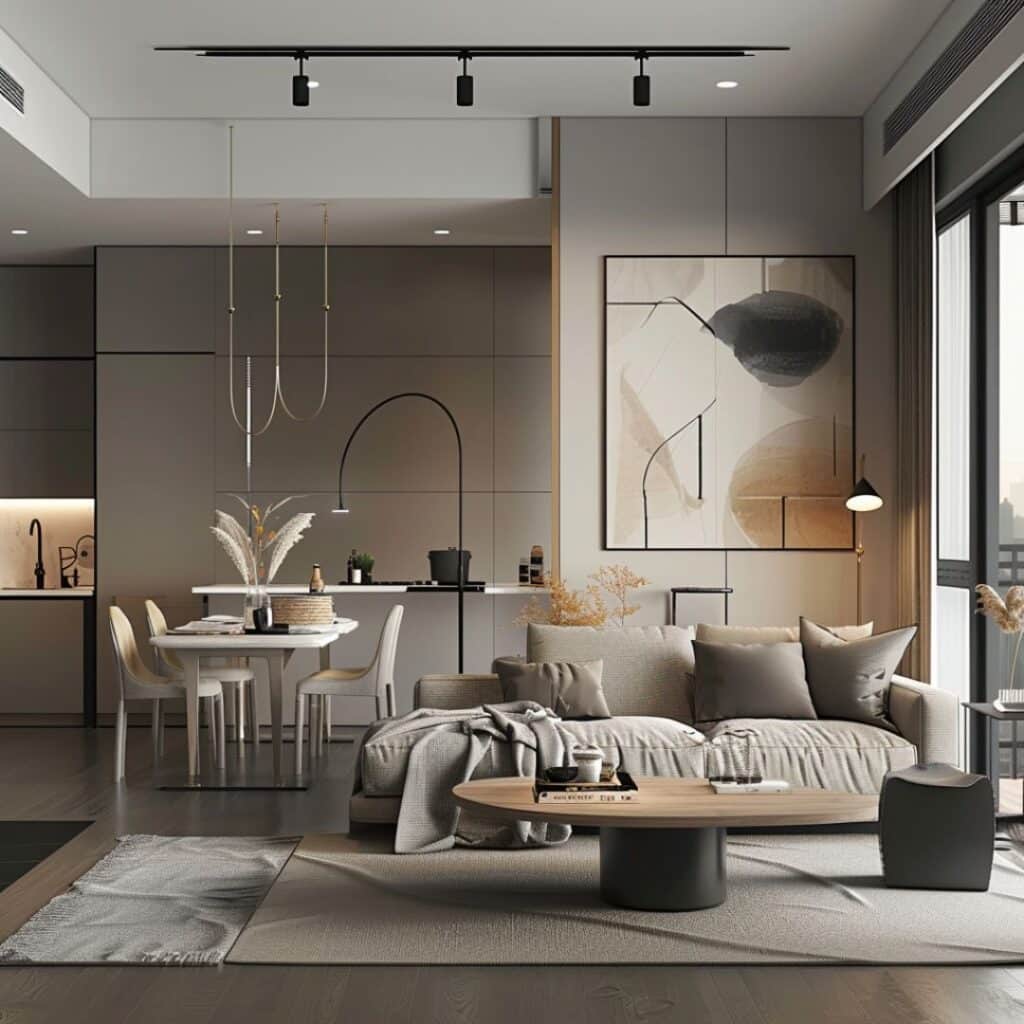
#3. Contemporary Studio Apartment Sofa
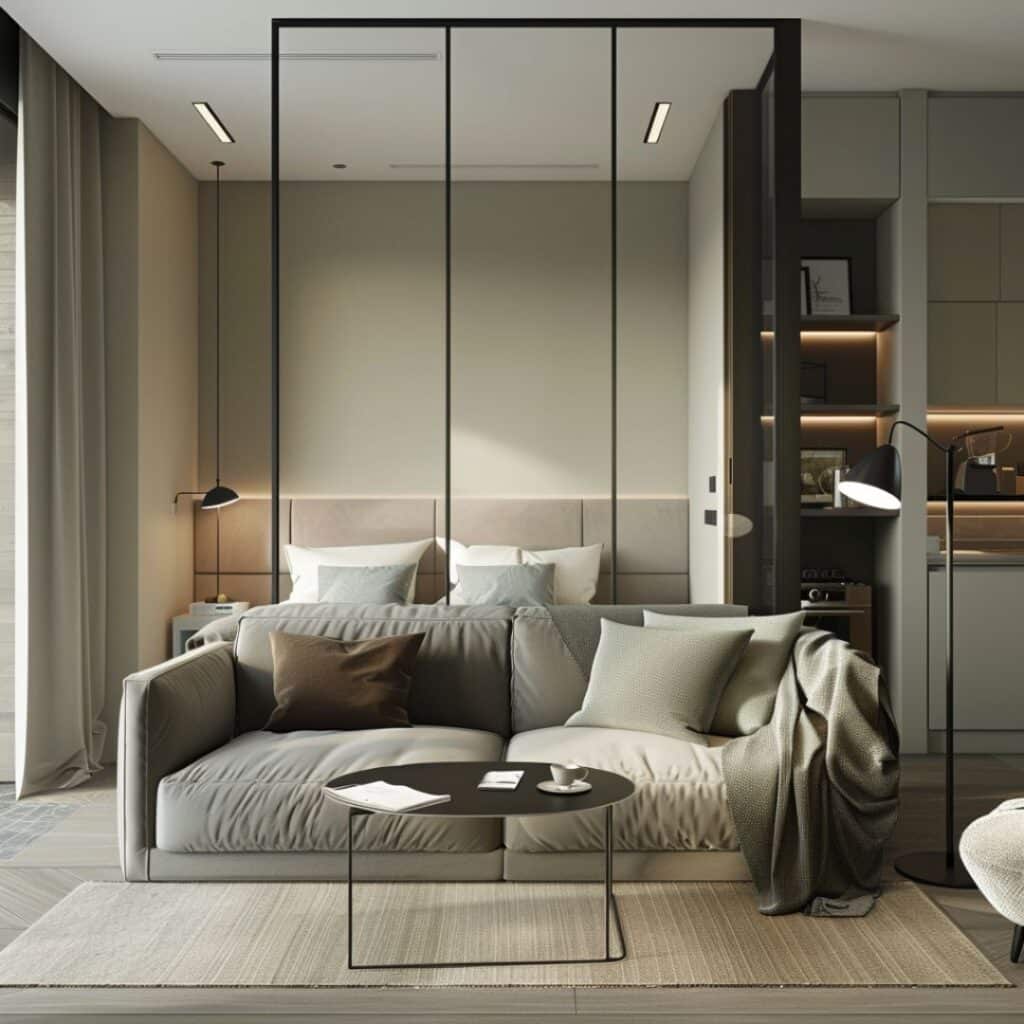
#4. Contemporary Studio Apartment Kitchen

#5. Contemporary Studio Apartment Indoor Plants
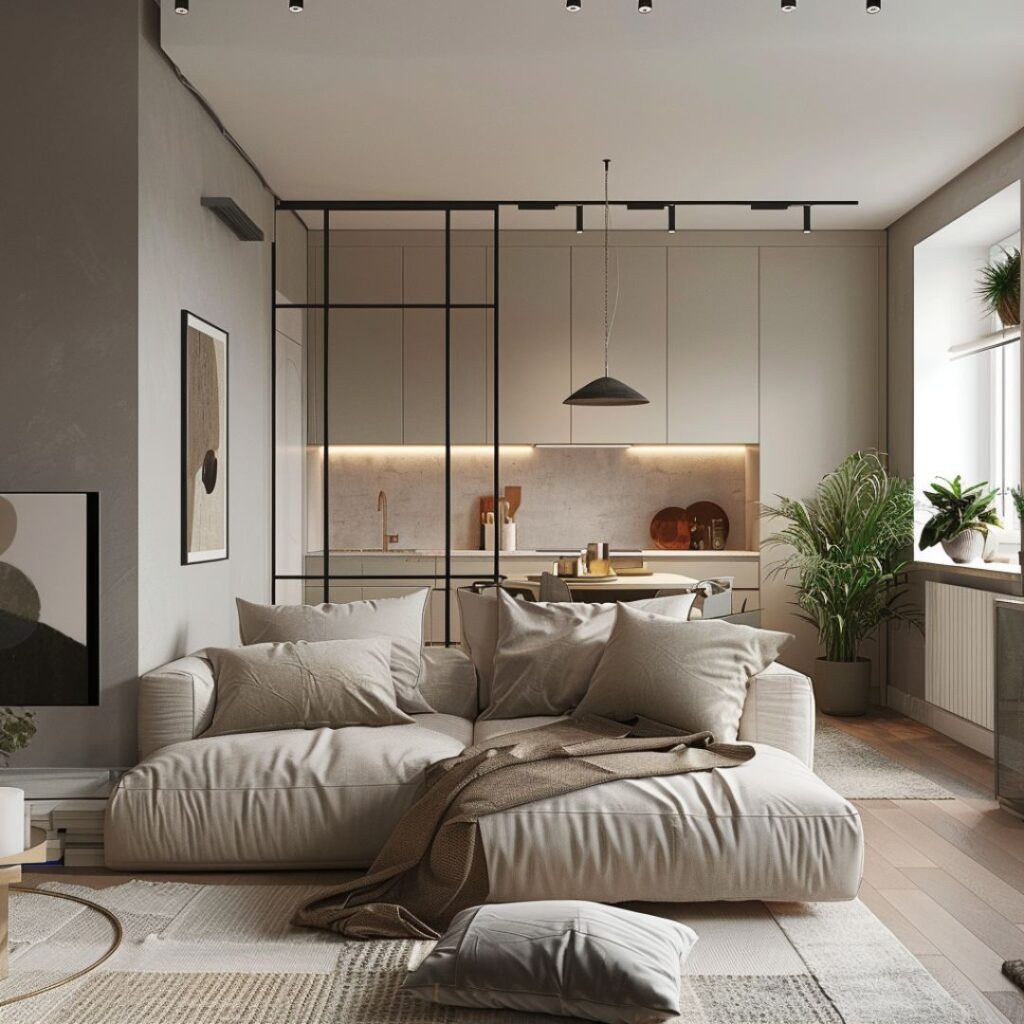
#6. Contemporary Bedroom
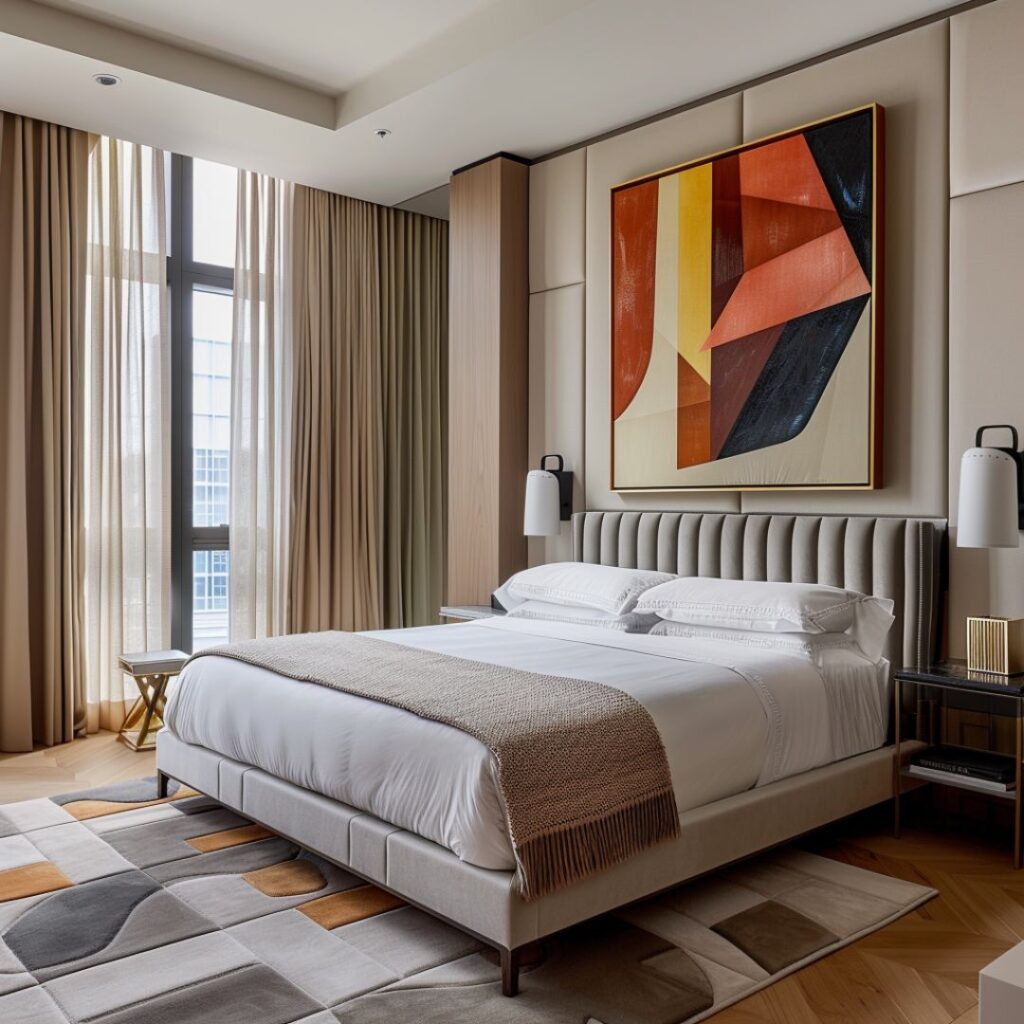
#7. Contemporary Bedroom Window
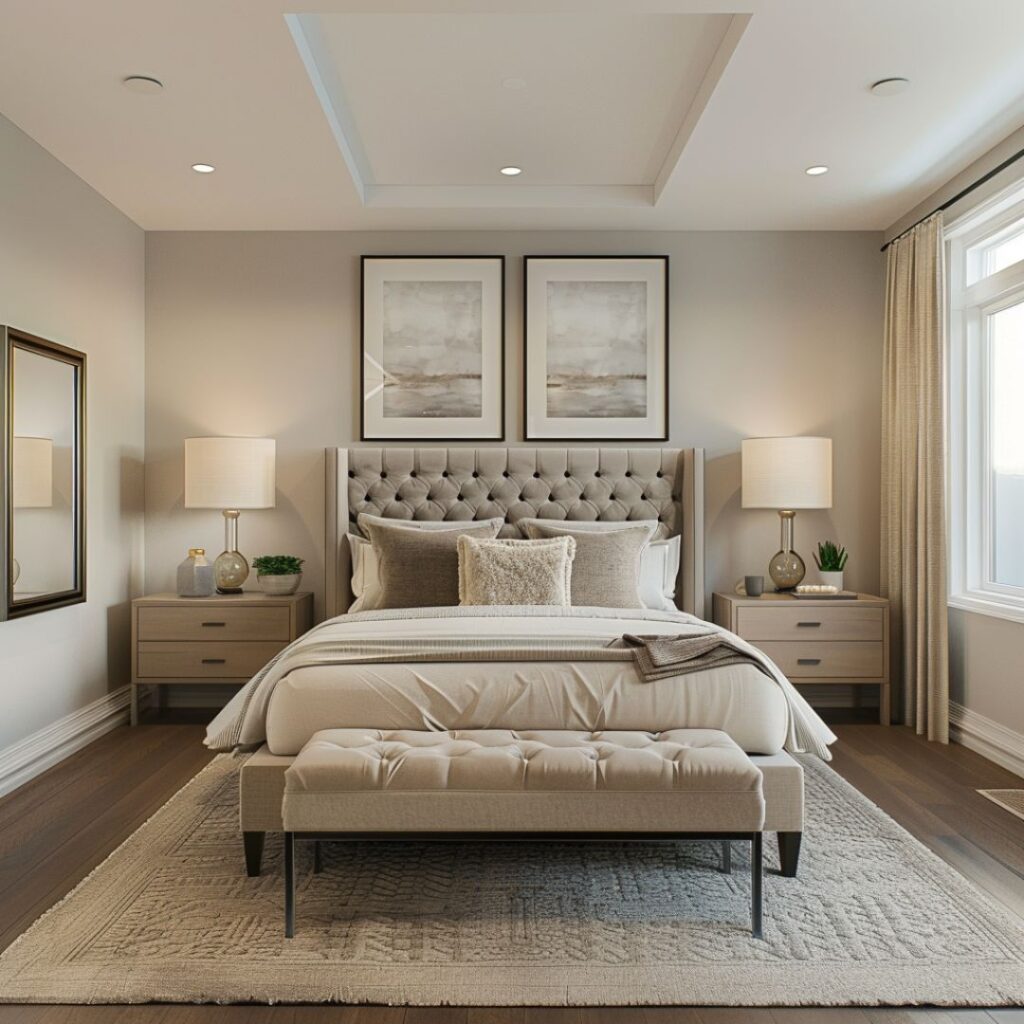
#8. Contemporary Bedroom Style
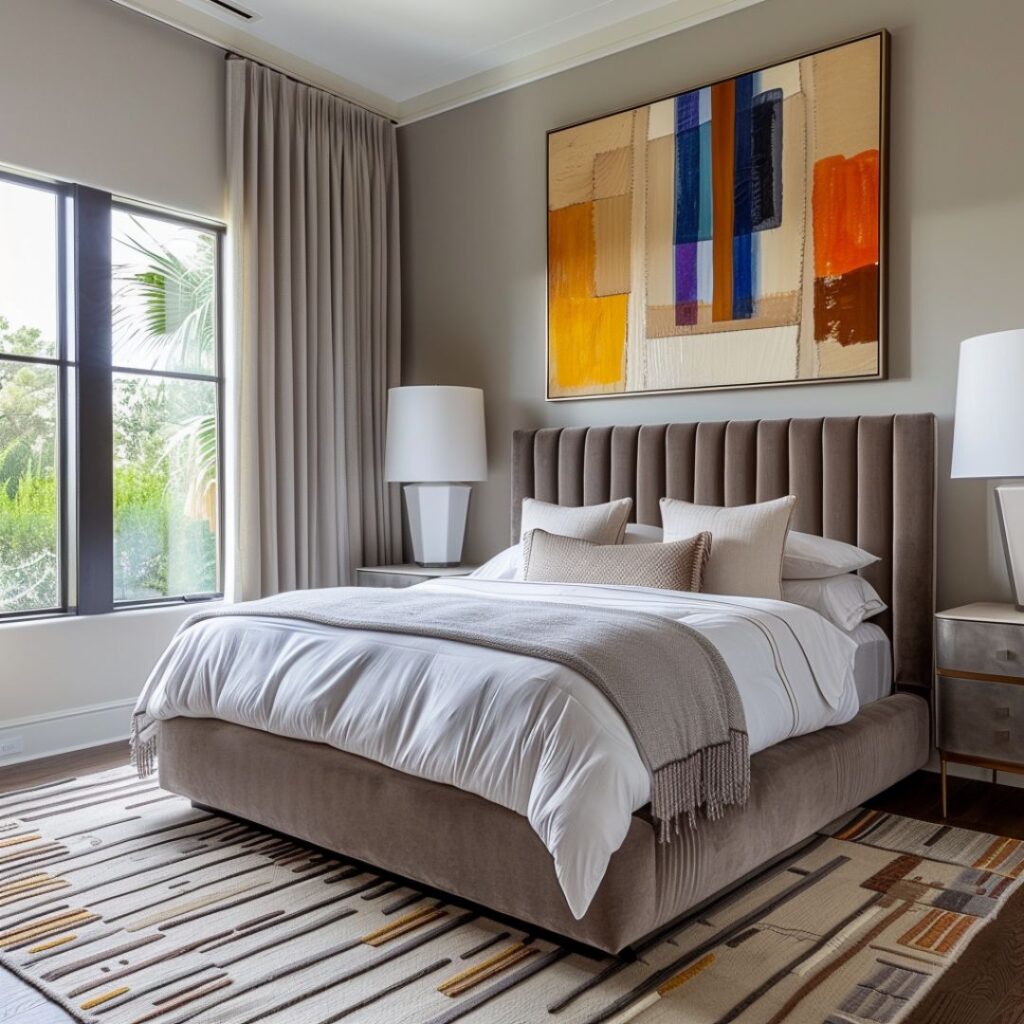
#9. Contemporary Bedroom Pictures
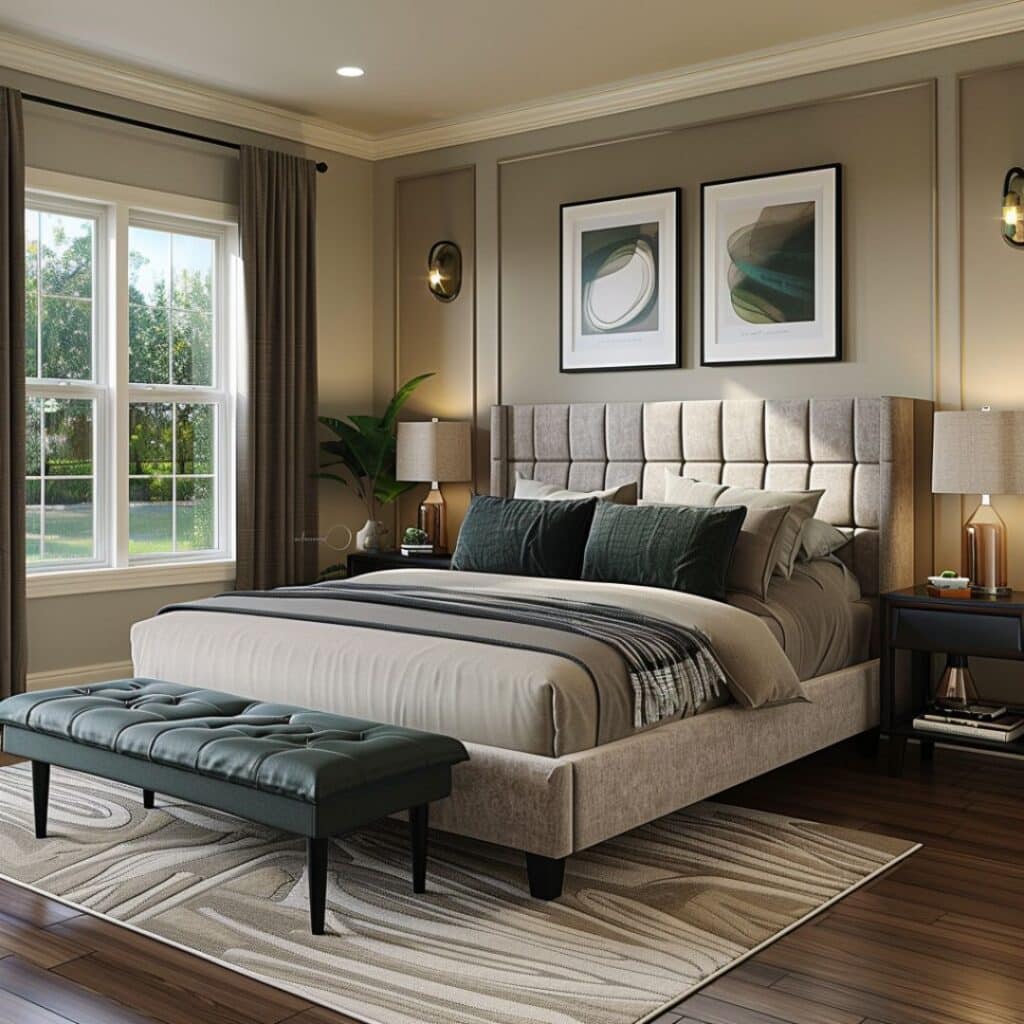
#10. Contemporary Bedroom Lamp
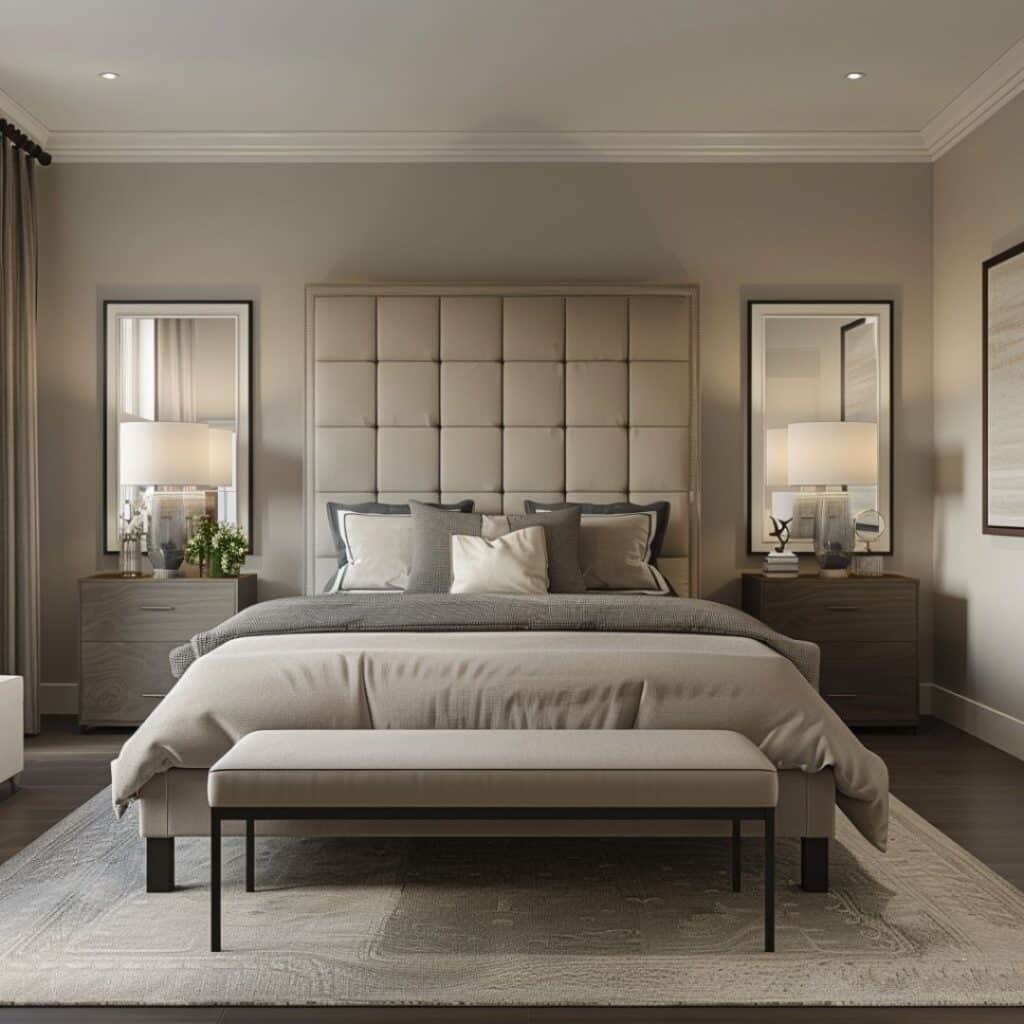
#11. Contemporary Bedroom Colours
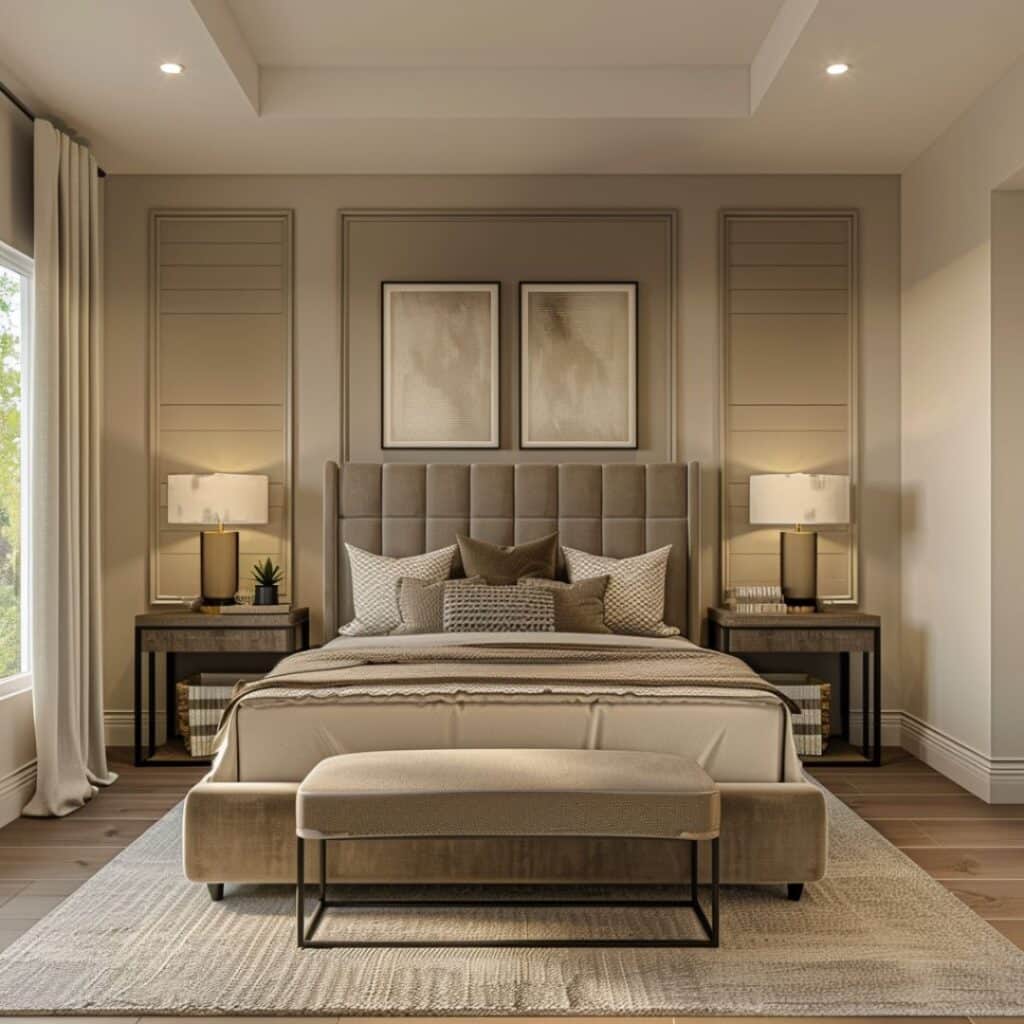
Understanding Contemporary Interior Design
Contemporary interior design embodies a fresh, timeless aesthetic that continually adapts to current tastes. It’s characterized by simplicity, clean lines, and a harmonious blend of comfort and elegance.
Key Characteristics
Functionality and simplicity stand at the forefront of contemporary design. Open floor plans dominate, creating a sense of spaciousness. These layouts promote fluid movement and connectivity between areas.
Clean lines and geometric shapes form the design’s backbone. Furniture, fixtures, and accessories boast sleek, minimalist profiles. Neutral color palettes prevail, accented by bold or contrasting hues for visual interest.
Popular Materials Used
Contemporary interiors often feature a mix of natural and industrial elements. Stainless steel, glass, and concrete provide sleek, unembellished surfaces. These materials inject a modern, polished vibe into your space.
Natural materials like wood and stone add warmth. They balance the starkness of industrial components, offering a cozy, inviting ambiance. Sustainable materials also gain prominence, promoting eco-friendly living.
Incorporating Technology in Modern Interiors
Integrating technology into contemporary interior design transforms living spaces. It enhances functionality and adds a layer of comfort and sophistication.
Smart Homes
Smart homes, a concept increasingly popular in modern interior design, use connected devices to automate and manage various functions. With a smart thermostat, you regulate temperature remotely via a smartphone. Intelligent lighting systems allow you to adjust brightness and color, enhancing mood and ambiance. Voice-activated assistants like Alexa or Google Home control different appliances, improving convenience. Security systems equipped with cameras and motion sensors protect your home.
Tech-Integrated Furniture
Tech-integrated furniture merges functionality with advanced tech to improve user experience. USB-powered coffee tables charge your devices while you relax. Sofas with built-in speakers offer immersive audio experiences without additional equipment. Desks with wireless charging pads keep workspaces clutter-free. Recliners with massage features add comfort during relaxation, creating a more versatile living environment.
Color Trends in Contemporary Interior Design
Neutral Palettes
Neutral colors form the backbone of contemporary interior design. Shades like beige, gray, and white dominate, offering a clean and versatile canvas. These colors create calm and sophisticated spaces, making them ideal for any environment.
Bold Accent Elements
Accent elements introduce vibrancy into contemporary interiors. Think bright cushions, vivid wall art, and striking furniture pieces. These accents can infuse personality and break the monotony of neutral bases, providing dynamic focal points in any room.
The Role of Sustainability
Sustainability plays a major role in contemporary interior design. It prioritizes eco-friendly practices while maintaining aesthetic appeal.
Eco-Friendly Materials
Sustainable design uses materials that impact the environment minimally. Bamboo and reclaimed wood are popular for their durability and minimal environmental impact. Recycled glass and metal add a unique touch, often serving as focal points. Natural fibers like organic cotton and hemp provide both style and eco-conscious choices.
Energy-Efficient Designs
Energy efficiency is a cornerstone of sustainable interiors. LED lighting is prevalent, as it uses less energy than traditional bulbs. Smart thermostats offer automated climate control, optimizing energy consumption. Large windows capture natural light, reducing the need for artificial lighting during the day. Solar panels are increasingly integrated into home designs to harness renewable energy.
Summarily, sustainability in contemporary interior design involves both eco-friendly materials and energy-efficient designs, all while maintaining modern aesthetics.

